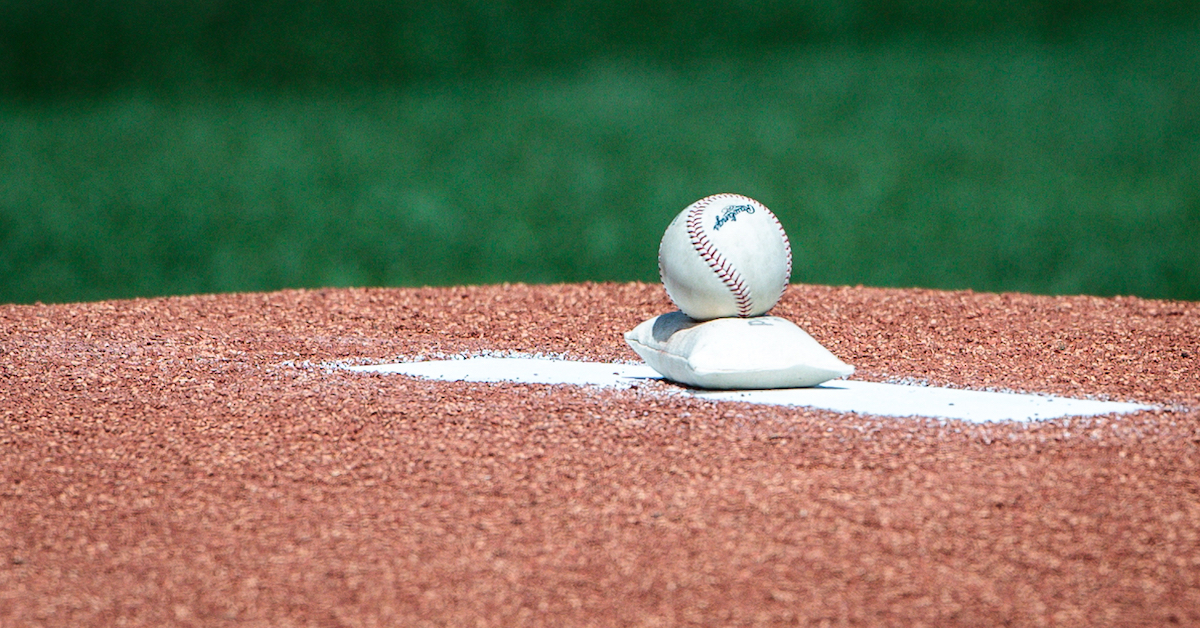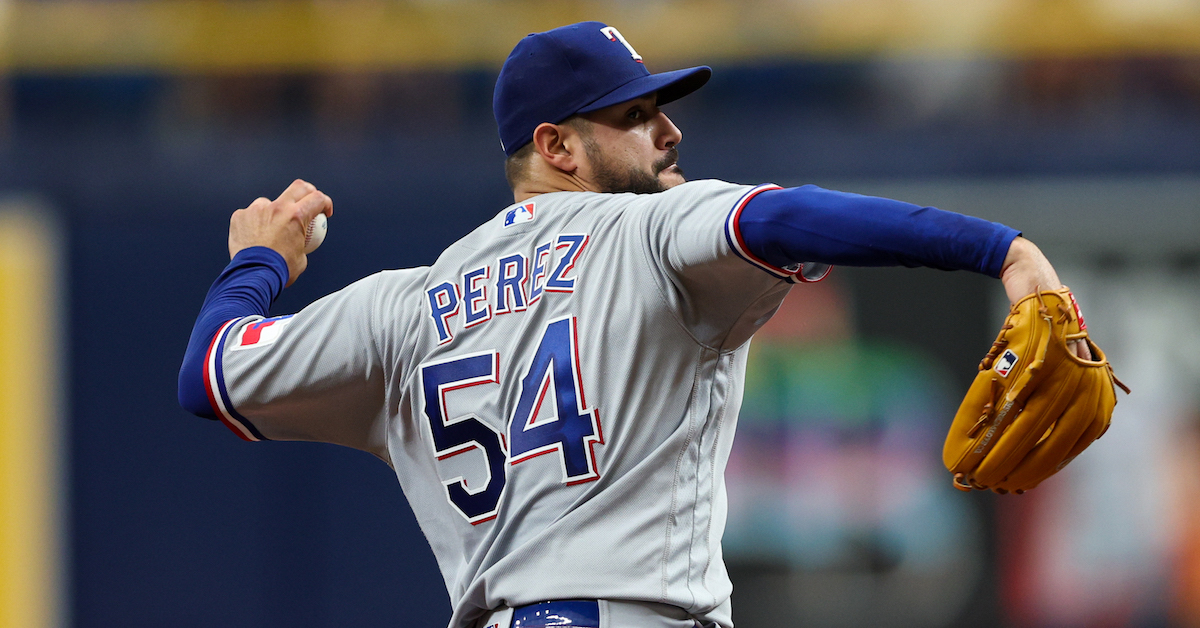Toronto’s Splitter-Squad Doubleheader

The Rays have been really good this year, but their bullpen has not. And this has come despite them largely sticking to their strategy of deploying relievers with a wide variety of different release points: two sidearm righties in Kevin Kelly and Ryan Thompson, one sidearm lefty in Jake Diekman, an over-the-top righty in Pete Fairbanks, and an over-the-top lefty in Jalen Beeks. This strategy has succeeded in the past: from 2020 to ’22, Rays relievers have never posted an ERA higher than 3.37; their collective ERA of 3.31 in that span is second only to the Dodgers (whose bullpen also happens to be struggling this year); and their FIP of 3.71 ranks third.
This year, things are different. Even with some modest improvements of late, Tampa Bay’s 12th-ranked 3.83 ERA belies ugly peripherals, including a 4.43 FIP that ranks sixth-worst. The rotation has been ravaged by injuries, forcing the team to turn to the bullpen earlier in games; Rays relievers have tossed 1.26 innings per appearance on average this season, the fourth-highest in the league. But some of this is due to the usage of followers, which is nothing new; perhaps what’s behind the drop-off is simply too much of an emphasis on forcing opposing hitters to deal with different looks.
The Blue Jays, perhaps unintentionally, have taken this lesson to heart. Having signed one of the best splitter-throwers in Kevin Gausman prior to 2022, they traded for another this past offseason in Erik Swanson. Despite the league-wide increase in splitter usage due to its potential as a platoon-neutral offering for pronating and sweeper-throwing hurlers, only 2.2% of all pitches thrown so far this year have been splitters. Given the uniqueness of the pitch, the Jays should have Gausman and Swanson throw on different days to maximize the surprise factor, right? Just as the Rays might save two similar sidearmers for different days? Read the rest of this entry »









